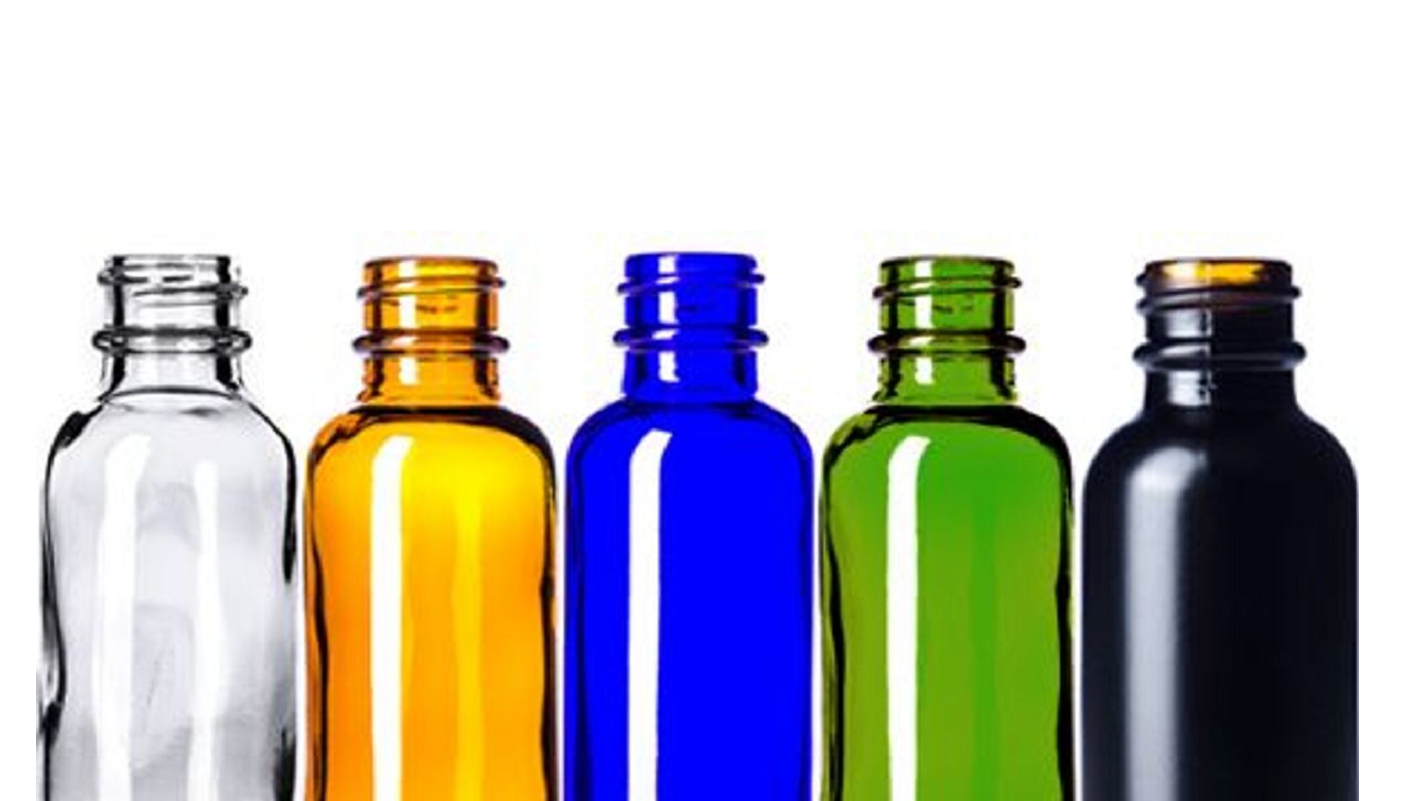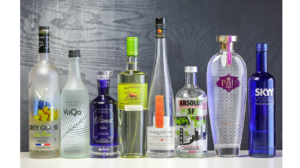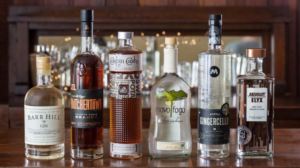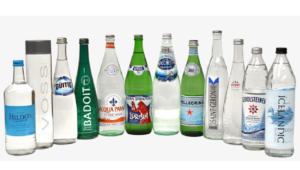The history of glass bottles and glass jars is very long, could back to 1500 BC around. Nowadays, people use glass bottles and jars to package food, drinks, body oil, medicines, etc. Glass packaging is everywhere in our daily life. But have you notices that, some glass bottles are clear, some are colored glass, like amber, cobalt blue, green. For one second, have you been curious about this? What, do you think, made the glass bottles & jars colored? What is the importance of colored glass containers? In this article, we are going to discuss the colored glass bottles & jars along with the better bottle colors for light-sensitive products.
It was believed that it all began in the beer industry. According to the history of beer container, beer bottles were once transparent but people found that the beer’s degrade when overexposed to sunlight, taste and smell very strange, beer was no loner delicious. This was cruel for those beer addictors. This made beer manufacturers and sellers decide to drop transparent glass containers and start using colored bottles to protect the beer from the harmful UV light. But what color is better in blocking UV light?
Before we go deeply, let’s first do some research about what is UV light and what products are light-sensitive.

Ultraviolet light is a type of electromagnetic radiation that makes black-light posters glow, and is responsible for summer tans — and sunburns. As common sense, too much exposure to UV radiation is damaging to living tissue, our people skin. Moreover, UV light not only affects our skin, but also affects lots of products, especially those light-sensitive products, because UV light is strong enough to damage the chemical composition of those products.
Here are some examples of light-sensitive products:
Some examples of light sensitive food and drinks
Milk
It’s one of the most light sensitive drinks that we all love. Milk will deteriorate fast under intense light, which is why it’s usually packed in white cartons, as white reflects all light.
Light exposure can change its taste and lose its vitamins, like Vitamin C and A. The change in its taste happens when its proteins and amino acids break down, and when oxidation occurs.
Beer and wine
Beer contains amino acids, which break down when exposed to light. It also develops a pungent odor and flavor, which is why it’s inside darker bottles.
In the case of wine, light can change the color of the wine, depending on the type of wine and the bottle. No specific chemical reactions really happen to wine, but it does cause sales to plummet. Consumers usually want red wine, and light will hold back companies from getting those customers.
Meat
When exposed to light, the desirable red color of meat will eventually reduce to a brownish gray color. This discoloration occurs because of ultraviolet light, which can also increase rancidity in the fat of the meat.
Other types of meat, specifically cured meats, are more sensitive to light than fresh meat. It’s because cured meats have nitrate, which turns brown-gray when exposed to light.
Cooking Oil
Oils, like olive oil, are very light sensitive, even to fluorescent light. Light accelerates autoxidation, which changes the flavor and odor of olive oil. However, their light sensitivity depends on their composition.
What colored glass bottle is best for light-sensitive products?
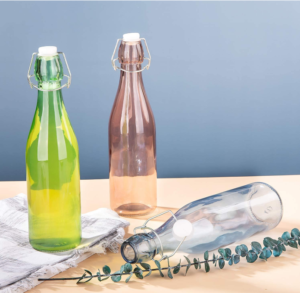
You may noticed that our daily glass bottles & jars in different colors, clear flint, amber, cobalt blue and green. Each color has its own aesthetic and protective factors. In order to make the best decision for your products, factor in light protection, shelf life, and marketing. In regard to light protection, the darker and more opaque the glass, the more protection it offers against UV radiation.
Amber Glass Bottle

Amber glass containers are created by adding carbon, iron, and sulfur into the raw material mixture. These materials provide the iconic color of amber glass – a rich amber color.
Amber glass offers excellent protection from UV radiation by absorbing nearly all radiation consisting of wavelengths shorter than 450 nm. It is the preferred color of pharmaceutical companies and producers of essential oils and plant-based products.
Cobalt Packaging

Cobalt glass containers normally have deep blue colors. They are made by adding copper oxide or cobalt oxide into the mixture but copper provides a more delicate color compared to cobalt.
Cobalt glass offers medium protection from UV radiation, and like amber, absorbs UV radiation. However, it allows blue light through. Cobalt bottles and jars have long been used for packaging apothecary and medicinal products.
Many manufacturers choose cobalt glass over amber glass as it is an attractive material to allow your product to stand out on the shelves.
Green Packaging

Green glass bottles are manufactured by adding chrome oxide into the molten mixture. You might have seen beer and other similar products packaged in green glass containers. However, it offers the least protection against the harmful effects of light compared to other tinted glass colors.
Green glass blocks some UV rays, but is not nearly absorbent as amber and cobalt. Use green packaging for products that are mildly sensitive to light. Similar to clear glass, however, green glass packaging will display your product more prominently and might be an option depending on the chemical composition of your oil, beverage, cream, etc.
Four Reasons Stand that Amber Glass Bottles & Jars is Best for Light-sensitive Products
1. Prevent Light-sentisive Products from the Photochemical Reactions
Amber glass bottles & jars offer a protection against light wavelengths within the 10 nm to 400 nm range. This is the ideal spectrum to protect against UV light radiation, which is why many pharmaceutical and beverages manufacturers choose amber bottles. Let’s take beer as an example. If you’ve ever opened a bottle of beer and immediately noticed the flavor was off, odds are it was out in the sun too long. This is because beer contains many reactive components, and those components easily react with light. Thus, the beer’s chemical composition changes, result in the beer to go stale. Then the amber glass bottles stand out, and become the best choice for beer packaging.
The same for essential oil. Rapid oxidation alters the chenicals in essential oil, casuing them to breal down and be less effective. Thus, manufacturers choose amber glass bottles for essential oil.
2. Amber Glass Bottles & Jars Completely Inert.
Amber glass chemical components is completely inert, so it doesn’t break down or leach chemicals into whatever it’s storing.
3. Amber Glass is Inexpensive.
Since amber glass is made from widely available materials, glass is relatively inexpensive.
4. Amber Glass is Classical Color
Aside from the mentioned practical qualities of amber glass, it is also known for its classic appeal and attractive color. It is perfect for decorators and designers who are striving to balance the contemporary and the rustic in their packaging design.
Common Uses of Amber Glass
Due to its light-resistant properties, amber glass is ideal for storing products with unique chemical compositions that need to be protected from photooxidation. From brewing to pharmaceuticals, amber glass is the perfect barrier between the world and your delicate product. A few of its most common uses include:
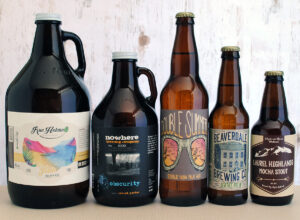
1. Beer Bottle
When it comes to amber glass bottles, beer drinks may the first come out in your mind. Beer is highly sensitive to light. The photooxidation breaks down the beer’s key components and transforms them into a compound called MBT, which produces the “skunked” taste common to spoiled beer. Thus, the amber glass bottle is an ideal choice for beer storage.
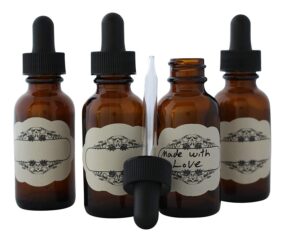
2. Essential oil bottle
Essential oils are another frequently stored in amber glass. These oils are prized for their unique scents, and photooxidation can produce reactions that change their properties. For the same reason, you’ll often find cooking oils, like olive oil, stored in amber glass. Storing oils in plastic is also not a good idea, as some will break down plastic compounds, leading to leaching. Amber glass is both protective and inert, making it perfect for essential oils.
3. Pharmaceutical glass bottle
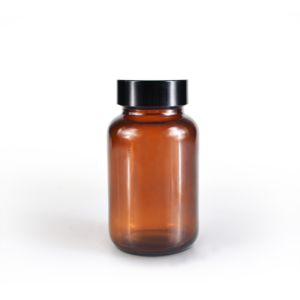
Amber glass is also key for protecting some pharmaceuticals, like antibiotics, eye drops and various tinctures all came in amber glass bottles. Although some of these drugs are now packaged in plastic bottles, amber glass remains in use in many cases, particularly amid concerns about chemical leaching from plastic bottles. This is why it’s also widely used to store home remedies.
To Sum It Up
From this article, we believe that you can protect your products from the harmful ray of the sun. Now that we have discussed about UV light, light-sensitive products, and advantages of different tinted glass bottles, it is clear that amber bottles do the best job in preventing the light-sensitive products from photochemical reactions. If you are looking for a reliable glass bottle manufacturers, please feel free to contact us, a professional China glass bottle manufacturer and supplier.

